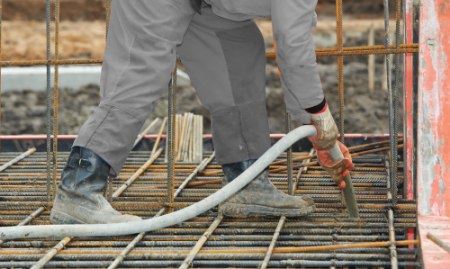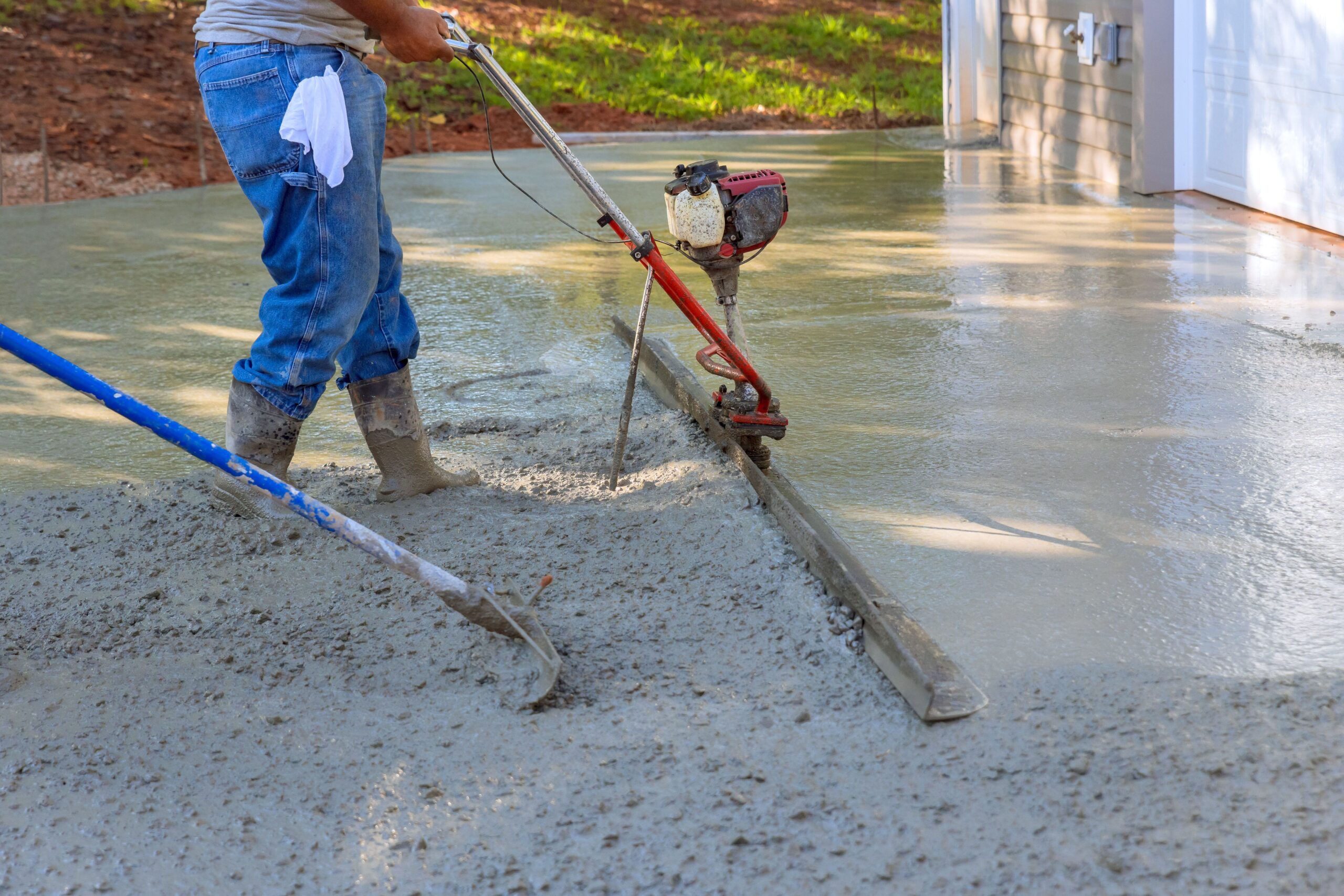Concrete pumping is a highly efficient and precise method of placing concrete in construction projects. Instead of manually transferring concrete from a mixer truck to the designated area, concrete pumps make it possible to deliver concrete quickly and accurately, even to hard-to-reach locations. This technique is widely used in construction sites where speed, quality, and ease of concrete placement are crucial.
What is Concrete Pumping?
Concrete pumping involves using a pump to transport liquid concrete from a mixer truck to the area where it’s needed. Concrete pumps can handle large quantities of concrete and place it with accuracy, whether for residential slabs, high-rise buildings, or complex infrastructure projects.
Types of Concrete Pumps
- Boom Pumps
- Description: Boom pumps use a robotic arm, or “boom,” to place concrete with precision.
- Benefits: Ideal for high-rise buildings, large foundations, and sites where concrete needs to reach over obstacles or across large areas.
- Reach: Booms come in various lengths and can extend up to several stories, allowing them to reach high or distant spots easily.
- Line Pumps
- Description: Line pumps, also called trailer-mounted pumps, use a hose or pipe connected to the pump to place concrete in specific areas.
- Benefits: Great for smaller projects like sidewalks, swimming pools, or residential foundations, as well as jobs where a boom can’t fit.
- Flexibility: With flexible hoses that can bend around obstacles, line pumps are versatile and easy to set up.
- Specialized Pumps
- Some pumps are customized for unique projects, such as concrete pumps designed for underwater pumping or high-pressure pumps for extremely tall buildings.
How Concrete Pumping Works
Concrete is mixed in a truck and transported to the construction site, where the pump and hoses are set up. The pump then pushes concrete through the pipeline, whether it’s the extendable boom of a boom pump or flexible hoses connected to a line pump. Operators use remote controls to manage the placement, ensuring accuracy and minimizing spillage.
Advantages of Concrete Pumping
- Efficiency
- Pumping is much faster than manual placement, significantly reducing the time required for concrete placement, even in large-scale projects.
- Cost-Effectiveness
- Faster concrete placement reduces labor costs and allows other construction phases to start sooner, saving time and money.
- Precision and Quality
- Concrete pumps provide excellent control, helping operators place concrete exactly where it’s needed. This accuracy reduces waste, minimizes errors, and ensures a smooth finish.
- Access to Difficult Areas
- Concrete pumps can reach areas that are difficult to access with traditional pouring methods, such as high floors in skyscrapers, underground foundations, or around obstacles.
- Consistent Flow and Quality
- Pumps maintain a steady flow of concrete, ensuring consistent quality, which is especially critical for large pours that require uniform strength and finish.
Applications of Concrete Pumping
Concrete pumping is suitable for many types of projects, including:
- Commercial and residential foundations
- High-rise buildings and skyscrapers
- Bridges, tunnels, and dams
- Swimming pools and basements
- Sidewalks, driveways, and other residential structures
Safety Considerations in Concrete Pumping
- Training and Experience: Operators must be trained and knowledgeable about pump mechanics, site conditions, and safe operations.
- Routine Equipment Maintenance: Regular checks prevent clogs, leaks, and mechanical breakdowns that could lead to accidents or delays.
- Proper Setup: Pumps and hoses must be correctly positioned, especially with boom pumps, to avoid hazards from falling booms or hose whip.
- Weather Factors: Extreme weather, like high winds, can affect the stability of booms, and rain can impact concrete consistency, so adjustments are often needed.
Conclusion
Concrete pumping is a vital technique in modern construction, offering an efficient, precise, and cost-effective way to place concrete. With the versatility of boom and line pumps, construction teams can complete projects faster, safer, and with a higher level of quality. Whether for small residential projects or major infrastructure, concrete pumping has revolutionized how concrete is applied, making it a preferred method in the construction industry.




